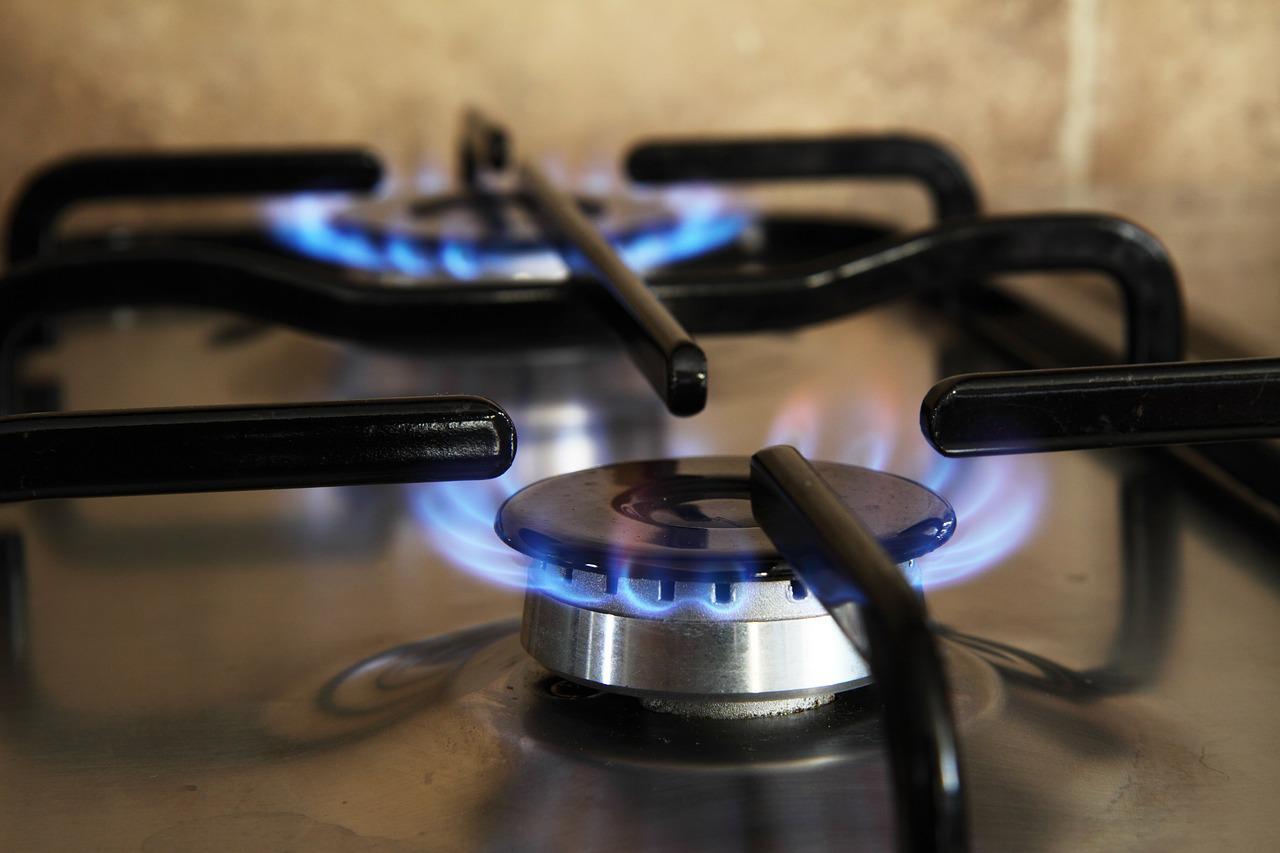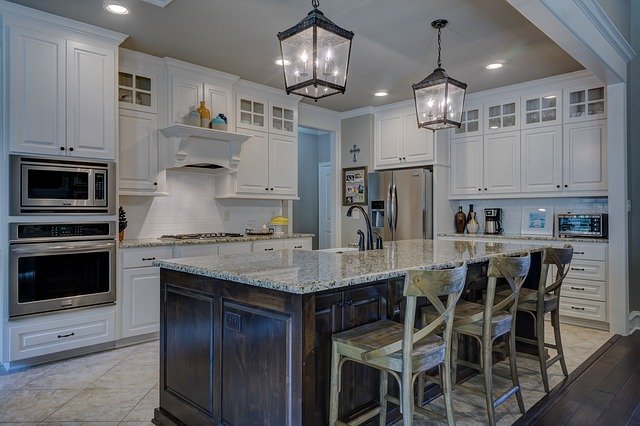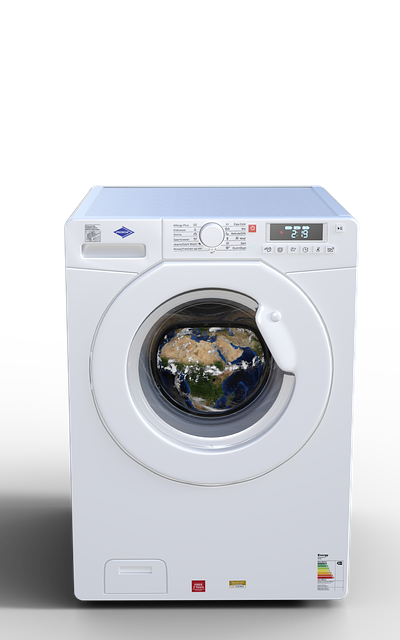appliance repair in my area
The average cost to repair common appliances is $100 to $200 depending upon the appliance. An appliance repair costing $171 is the average. However, there are many options available. Gas, kitchen, and newer appliances tend to be more expensive. An additional $100 should be allocated if the appliance is to be replaced by you. There are many factors that will affect your ability to pay for the appliance, such as the complexity of the repair, parts availability, labor costs, and how much you want to spend.



